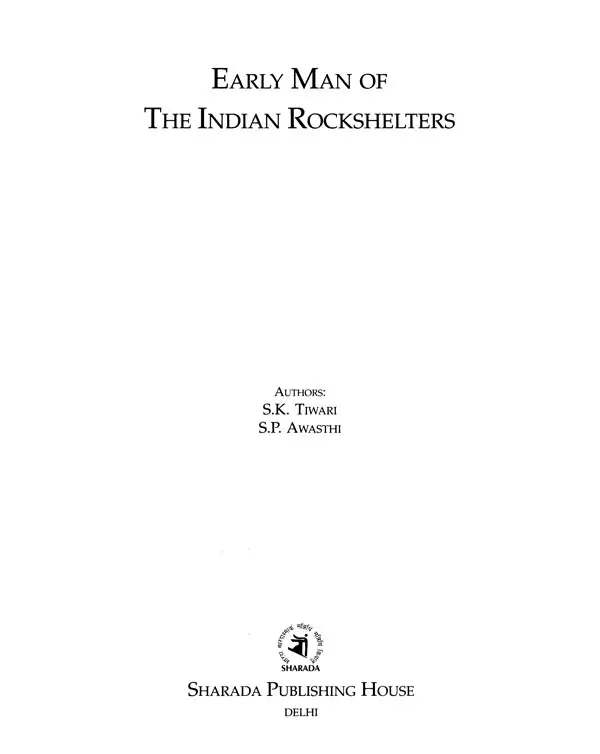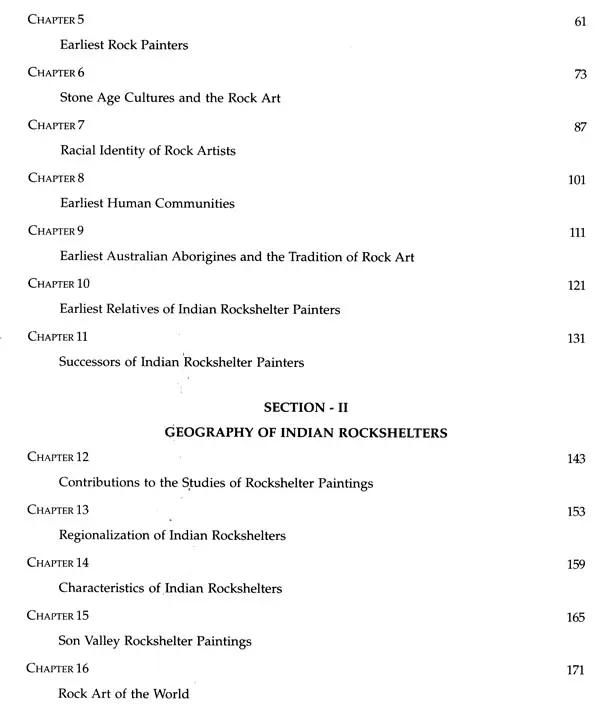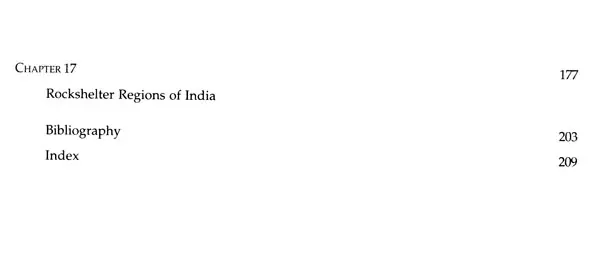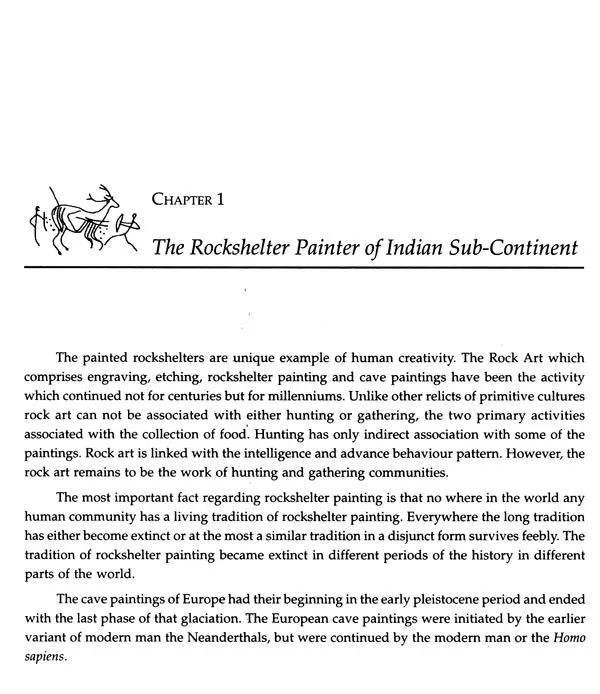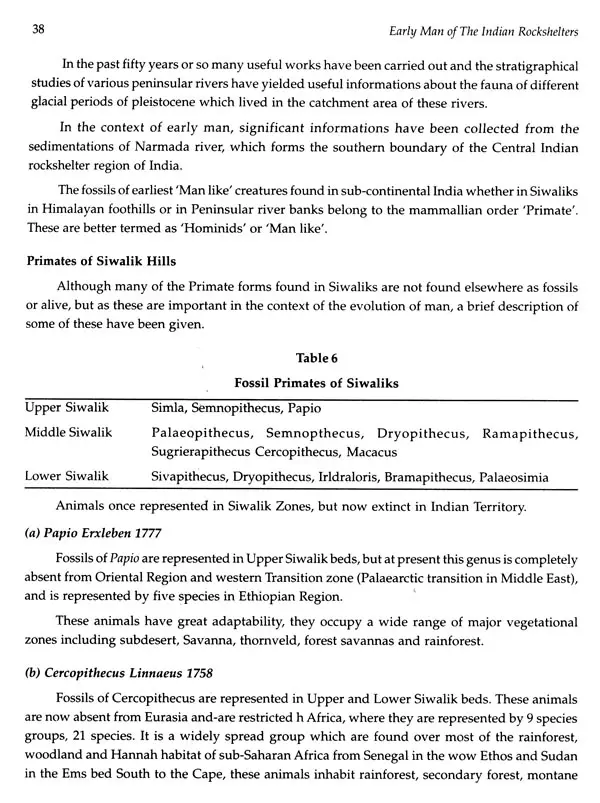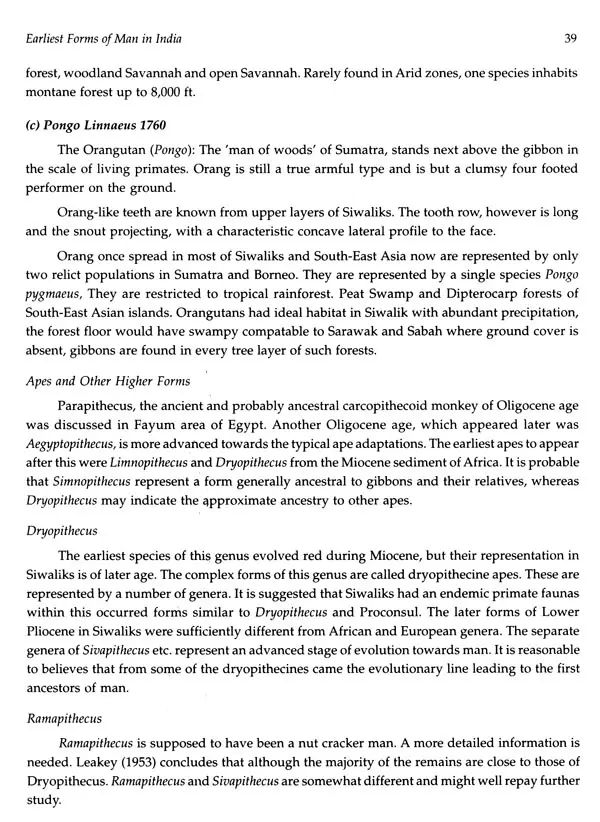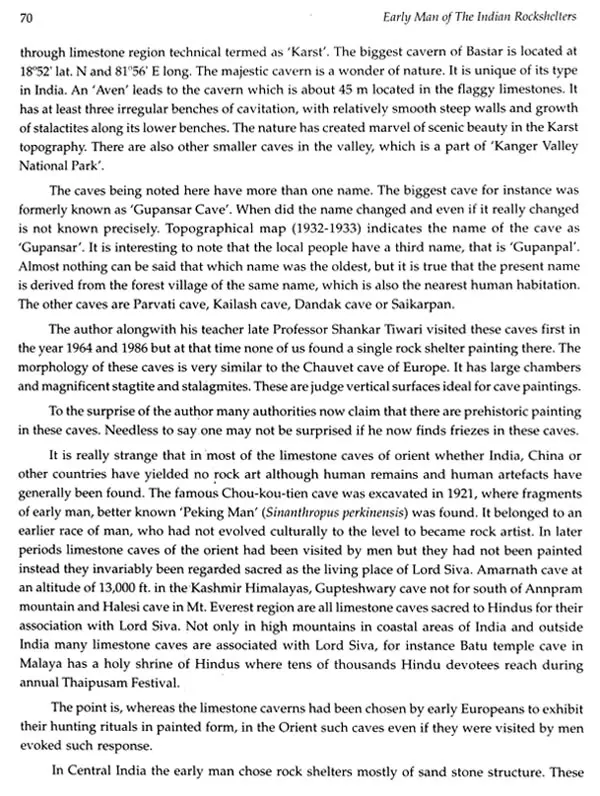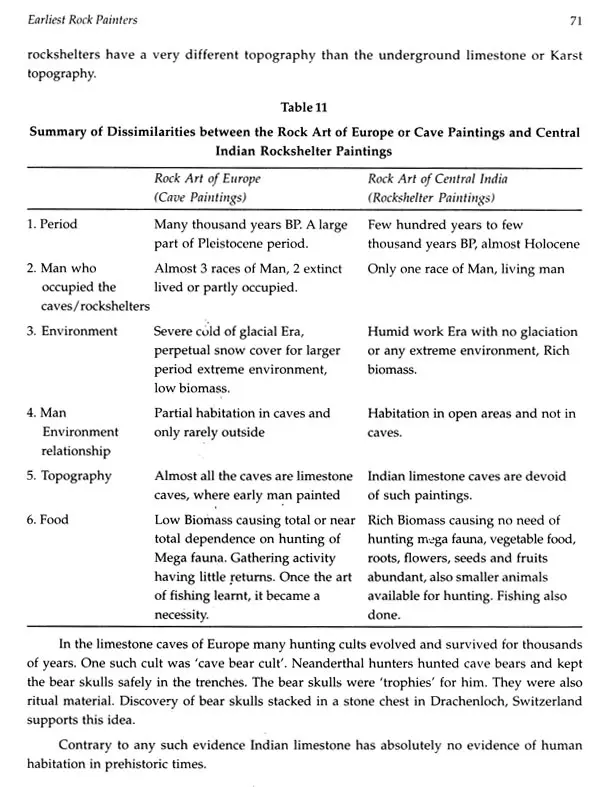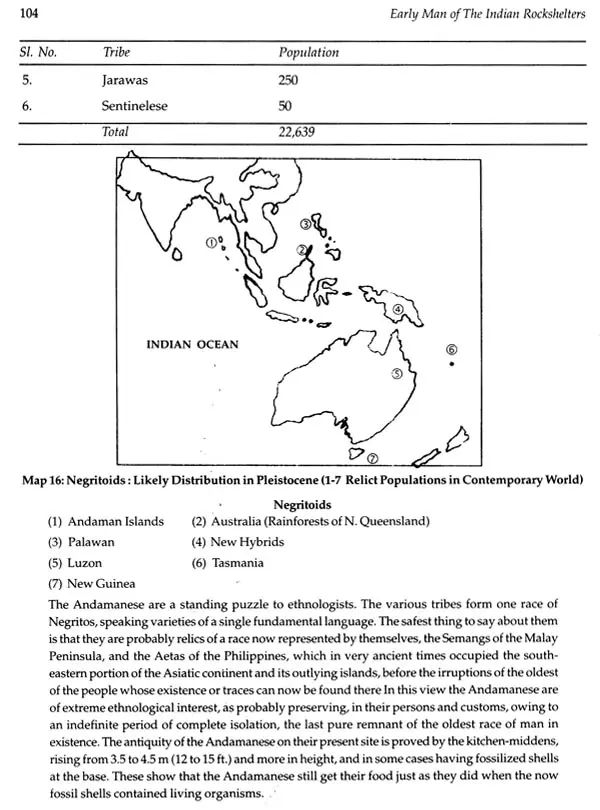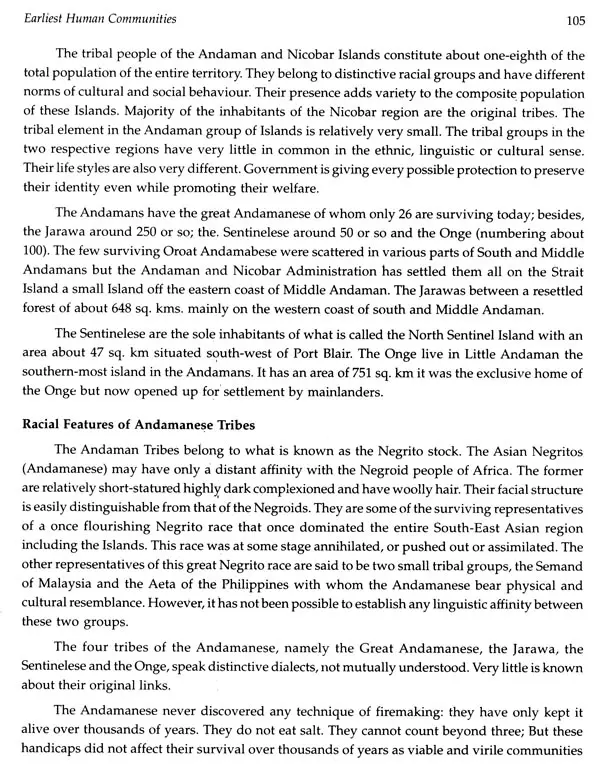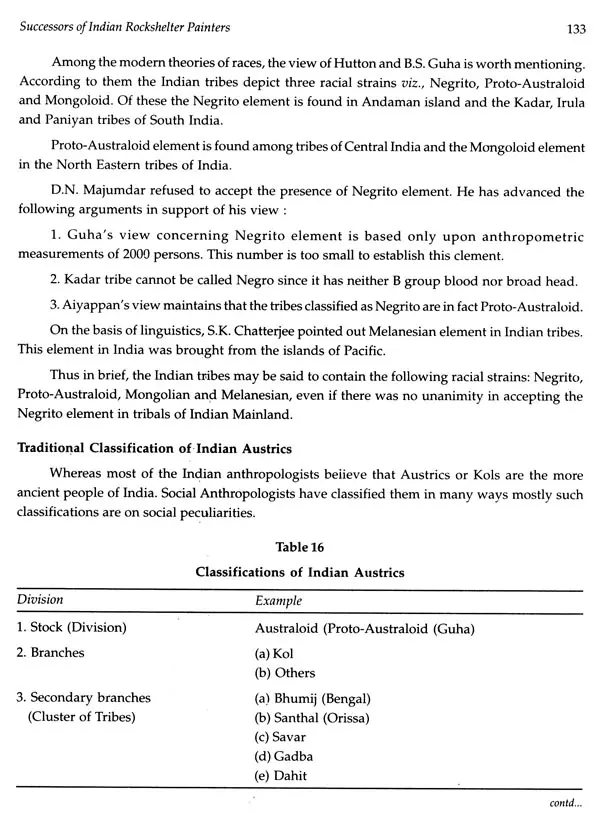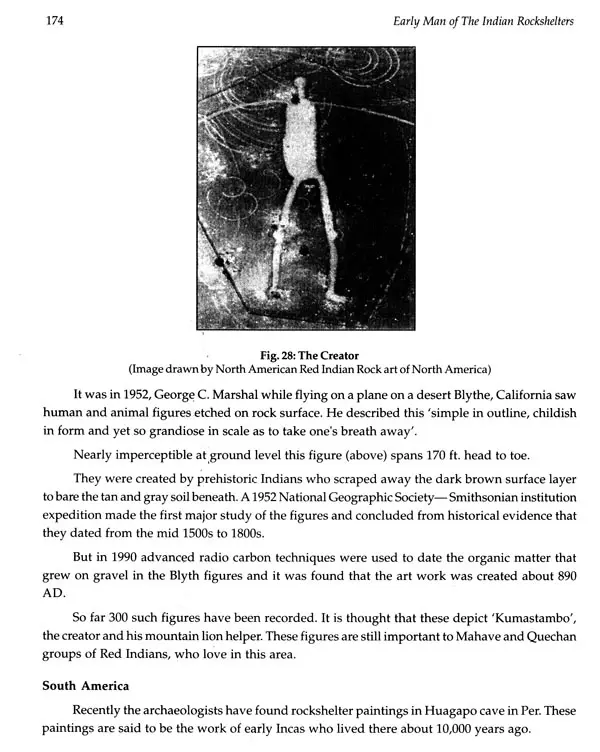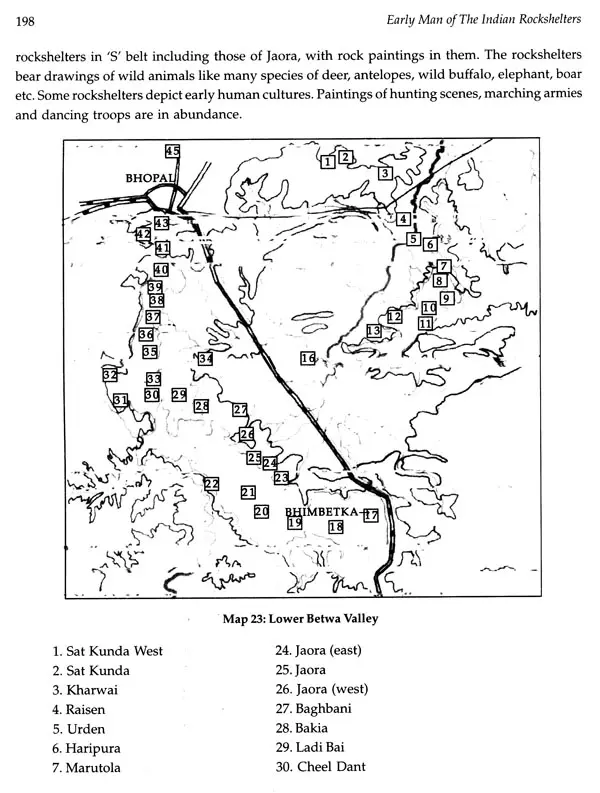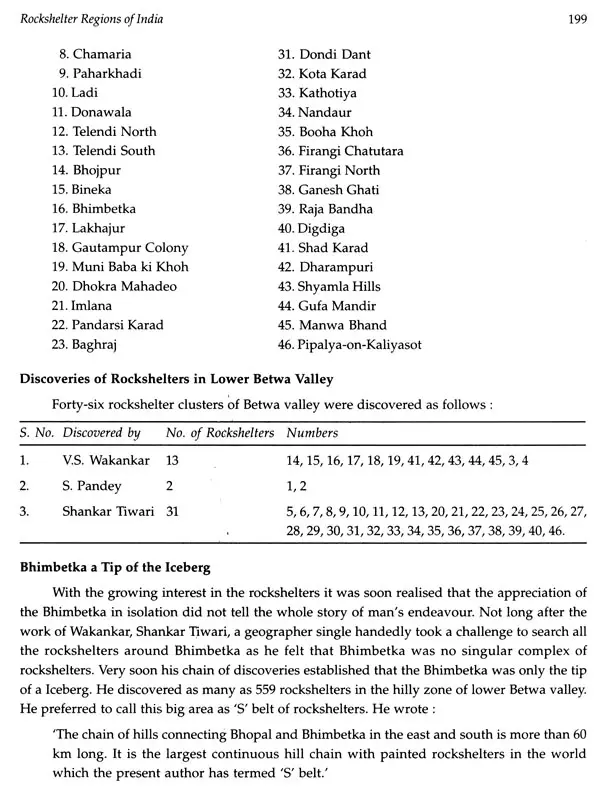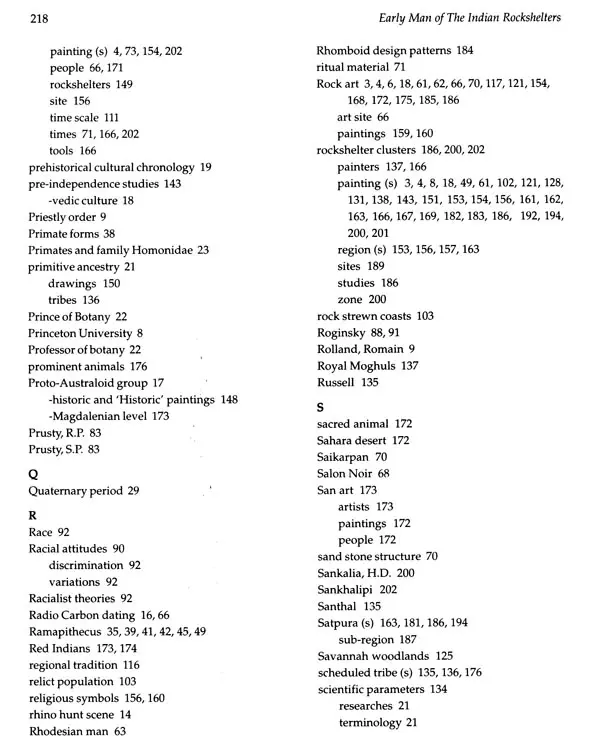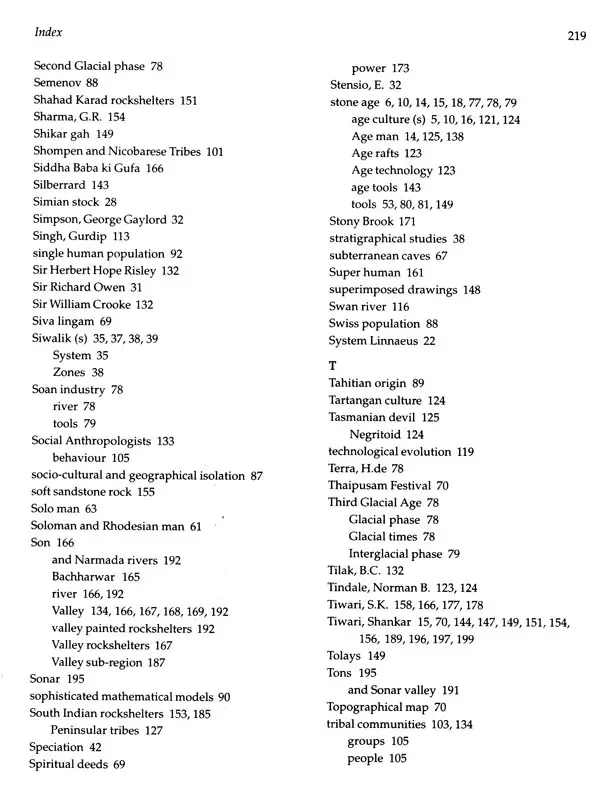
Early Man of The Indian Rockshelters
Book Specification
| Item Code: | UAE993 |
| Author: | S.K. Tiwari and S.P. Awasthi |
| Publisher: | Sharada Publishing House, Delhi |
| Language: | English |
| Edition: | 2009 |
| ISBN: | 9788188934591 |
| Pages: | 236 (Throughout B/w Illustrations with 2 Maps) |
| Cover: | HARDCOVER |
| Other Details | 11.00 X 9.00 inch |
| Weight | 1.03 kg |
Book Description
Based on the paleontological facts, the present study establishes the period of some of the Indian rock shelter paintings few millennium older than what they are generally being thought to be.
Wrote 25 books of interdisciplinary nature, ranging from Geography, Conservation, Biosphere, Tribal I Culture to Religion, including two Encyclopedias one on 'Indian Tribes' and another on 'Protected Areas'. His earlier work on rock- shelters is 'Riddles of Indi art Rock shelter Paintings (1999)'.
I He also wrote seven books in Hindi language, the last being a travelogue 'Narmada ki Dhara se (2007)'. He is well known as an adventurer and explorer.
He obtained M.A. (Geography) degree in first division in 1964 and was the first to get a Ph.D. degree in Geography from Jabalpur University. He served for 25 years as a Professor of Geography in various Post-Graduate Colleges of Government of Madhya Pradesh, later he served as Head of the Department of Tribal Studies, Rani Durgavati Vishwavidyalaya, and Jabalpur for more than thirteen years. He supervised 20 doctoral researches and was the director of research projects funded by UGC, ICSSR and the Ministry of Forest and Environment, Government of India. He retired in the year 2003, but still continues to write regularly.
S.P. Awasthi (b. 1953)
Took a Post-Graduate degree in Geography, Doctoral Research in Palaeogeographical Aspects of Rock shelter Paintings (1998), completed a two year research project funded by UGC (2007) requiring extensive survey of rock shelters in lower Son Valley.
Continues to serve as 'a Principal of K. B. Art and Commerce College, Bhitoni (Jabalpur) since 1989.
In twentieth century he tried to give 'scientific' validity to his writing. The discoverers at large had known something about the European cave paintings which were painted by more than one race of early man. The objects were often extinct animals which survived in Pleistocene period, a bygone geological era.
The new discoverer of Indian rock shelter was thrilled to compare his discovery with those of European cave paintings. Be assigned the period of newly discovered rock shelter paintings what he could imagine keeping in mind the European painting. The writer used his imagination with absolute freedom. He declared a painting in a rock shelter a thousand year old but to the very next painting of the same cave he assigned a million years just on the basis of pigment or on some other character.
The state of affair has not ended although many established archaeologists and historians have evolved a tentative timescale. The problem with the dating of Indian rock shelter had been ever present due to the near absence of other material evidences. Those which are present in very small numbers are often doing not have a definite relationship with the rock shelter paintings.
The C14 method has its limitations.
The author in his academic career of four decades had been engaged in researches in different aspects of primitive cultures of India.
It started in the early sixties when he visited with late Professor Shankar Tiwari, the underground caverns of Karts topography of Bastar district and adjacent areas of (now) Chhattisgarh. Morphologically some of these caves are similar to the European caves with prehistoric paintings. The Indian counterpart of such caves bear no prehistoric paintings instead some of the shallow caves had modern stone Siva lingams being worshipped by the local population.
In mid seventies the author got opportunities to see many rock shelters with Professor Shankar Tiwari, who had discovered hundreds of new sites and photographed numerous spectacular rock shelter paintings of the lower Beta valley . . In the lifelong academic association with Professor Shankar Tiwari, who was his teacher in college days discussed many anomalies of rock shelter paintings. Based on his discussions, the author wrote a book 'Riddles of ‘Indian Rock shelters' in the year 1999. Unfortunately, Tiwariji had passed away before the book was released.
The other disturbing point in the context of rockshelter painter remains to be his identity.
Tiwariji wished that the researches of rockshelter paintings must be familiar with the complexities of prehistoric human races and their populations.
The presence of human communities in northern Peninsular Rockshelter Zone is known since five million years, but such presence does not automatically prove the indulgence of man in rockshelter painting.
Then there are some misgivings about the antiquity of certain communities, which have sprouted only recently but these have often affected the vision of the writers. The geological term 'Gondwanaland' and the anthropological term 'Gonds' have often lead to many writers of Indian prehistory, to serious historical blunders.
This book is specially prepared for a general understanding of the relationship of modem man with his predecessors. Originally, this book was limited to the discussions on early man of Central India. The aspects discussed were the phylogeny of man, continental migrations, early human races and contemporary human races. The recent geographic researches which now prove the Australian rock art which is considerably older have also been introduced as these may have some link with the man of Indian rock shelters. The first section is thus named as 'Identity of Prehistoric Rockshelter Painters of Central India'.
Book's Contents and Sample Pages
